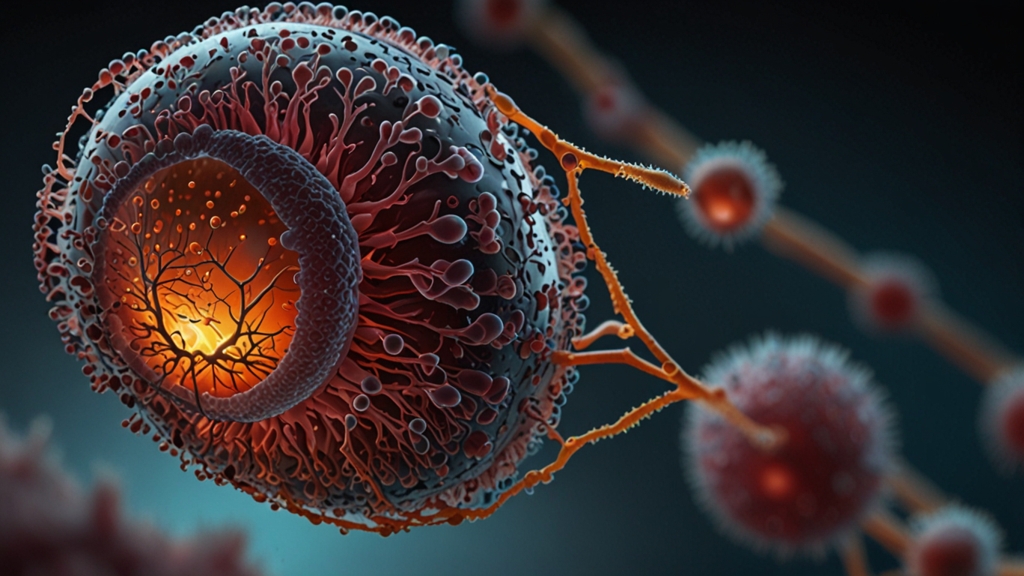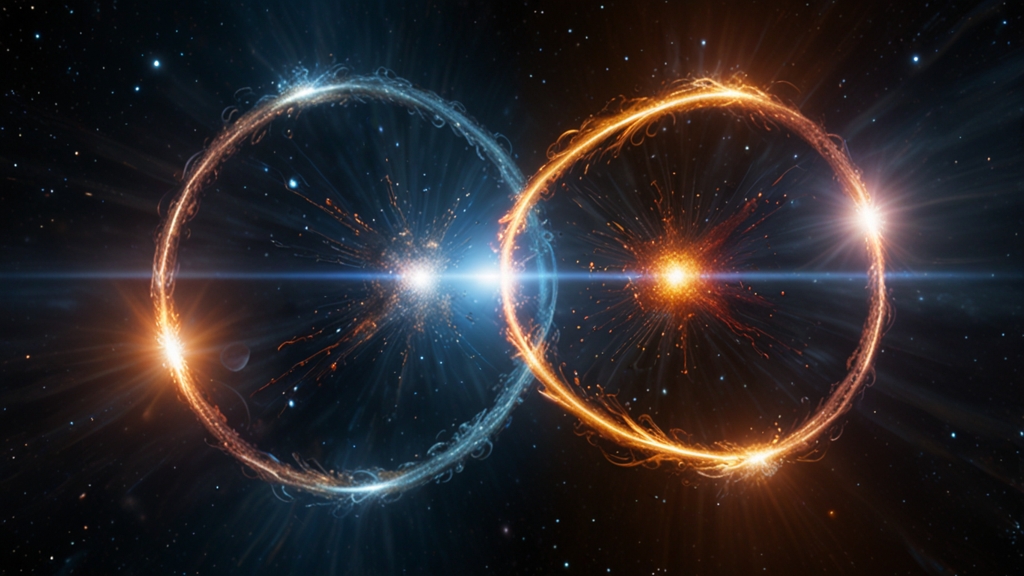The Incredible Journey of a Cell From Fertilization to Organism
The journey of a single cell from fertilization to a fully formed organism is nothing short of miraculous. It is a sophisticated process that intricately weaves biochemistry and molecular biology to produce the marvel of life. This journey spans multiple stages, each more complex and fascinating than the last, ultimately culminating in the birth of a new organism. Let's take a deeper look at this incredible odyssey.
Fertilization: The Beginning of Life
Fertilization marks the commencement of a new life. It occurs when a sperm cell from a male successfully fuses with an egg cell from a female. This fusion results in the formation of a zygote, the earliest stage of embryonic development. The zygote is a single cell with a complete set of chromosomes, half from each parent, containing the genetic blueprint required for the organism's development.
"Fertilization is not merely the union of two cells; it is the transformation of genetic information into a living entity. It represents the beginning of life's journey in the most profound way." - Dr. Jane Goodall
Cleavage: The Rapid Cell Division
Once fertilized, the zygote undergoes a series of rapid cell divisions known as cleavage. These divisions do not lead to an increase in the total size of the embryo but instead produce smaller cells called blastomeres. Cleavage results in the formation of a multicellular structure known as the morula.
During this phase, the cells remain totipotent, meaning they have the potential to develop into any cell type in the organism. This property is crucial for the next phase, where cellular differentiation begins.
Blastulation: Formation of the Blastocyst
As cleavage continues, the morula transitions into a blastocyst, a stage characterized by the development of a fluid-filled cavity called the blastocoel. The blastocyst possesses two distinct cell types: the inner cell mass, which will eventually form the embryo, and the trophoblast, which will contribute to forming the placenta.
The blastocyst stage is significant because it marks the first major differentiation event in development. The allocation of cells to either the inner cell mass or the trophoblast sets the foundation for further development.
Gastrulation: Formation of Germ Layers
Gastrulation is a critical phase where the blastocyst undergoes dramatic reorganization to form three primary germ layers: the ectoderm, mesoderm, and endoderm. Each of these layers will give rise to specific tissues and organs in the developing organism. The ectoderm forms the skin and nervous system, the mesoderm gives rise to muscles and the circulatory system, and the endoderm forms the digestive tract and other internal organs.
"Gastrulation is truly a remarkable transformation. It is during this period that the blueprint of the organism takes shape, setting the stage for the development of complex structures and functions." - Dr. Lewis Wolpert
Organogenesis: Development of Organs
Following gastrulation, the germ layers undergo further differentiation and specialization to form organs. This process, known as organogenesis, is characterized by intricate signaling pathways and gene regulation. Cells communicate through chemical signals, directing each other to multiply, grow, or die as needed to shape the organism's anatomy.
For example, neurulation is a specific event in organogenesis where the neural tube forms, marking the beginnings of the central nervous system. Similarly, the heart begins as a simple tube but gradually develops into a complex, multi-chambered organ that will sustain the organism's circulatory needs.
Growth and Maturation: The Final Stages
As organogenesis progresses, the developing organism undergoes growth and maturation. Cells continue to proliferate, and tissues expand and become more specialized. This stage is accompanied by comprehensive physiological changes, including the establishment of functional organ systems and the development of the limbs, sensory organs, and other essential structures.
Eventually, the organism reaches a stage where it can survive outside the womb. For mammals, this culminates in birth, where the complex interplay of biology has successfully transformed a single fertilized cell into a fully formed, functioning organism.
"The transformation of a single cell into a multicellular organism is an awe-inspiring process. It is a testament to the power of nature and the intricate dance of life." - Dr. Francis Collins
Conclusion
The journey of a cell from fertilization to an organism is a remarkable testament to the complexity and elegance of biological systems. Each stage is a vital piece of the puzzle that, when combined, results in the creation of life. From the initial formation of the zygote to the growth and maturation of a new organism, the process is a true wonder of nature. Understanding this journey not only sheds light on the miracle of life but also highlights the delicate balance and intricate mechanisms that underpin biology.





